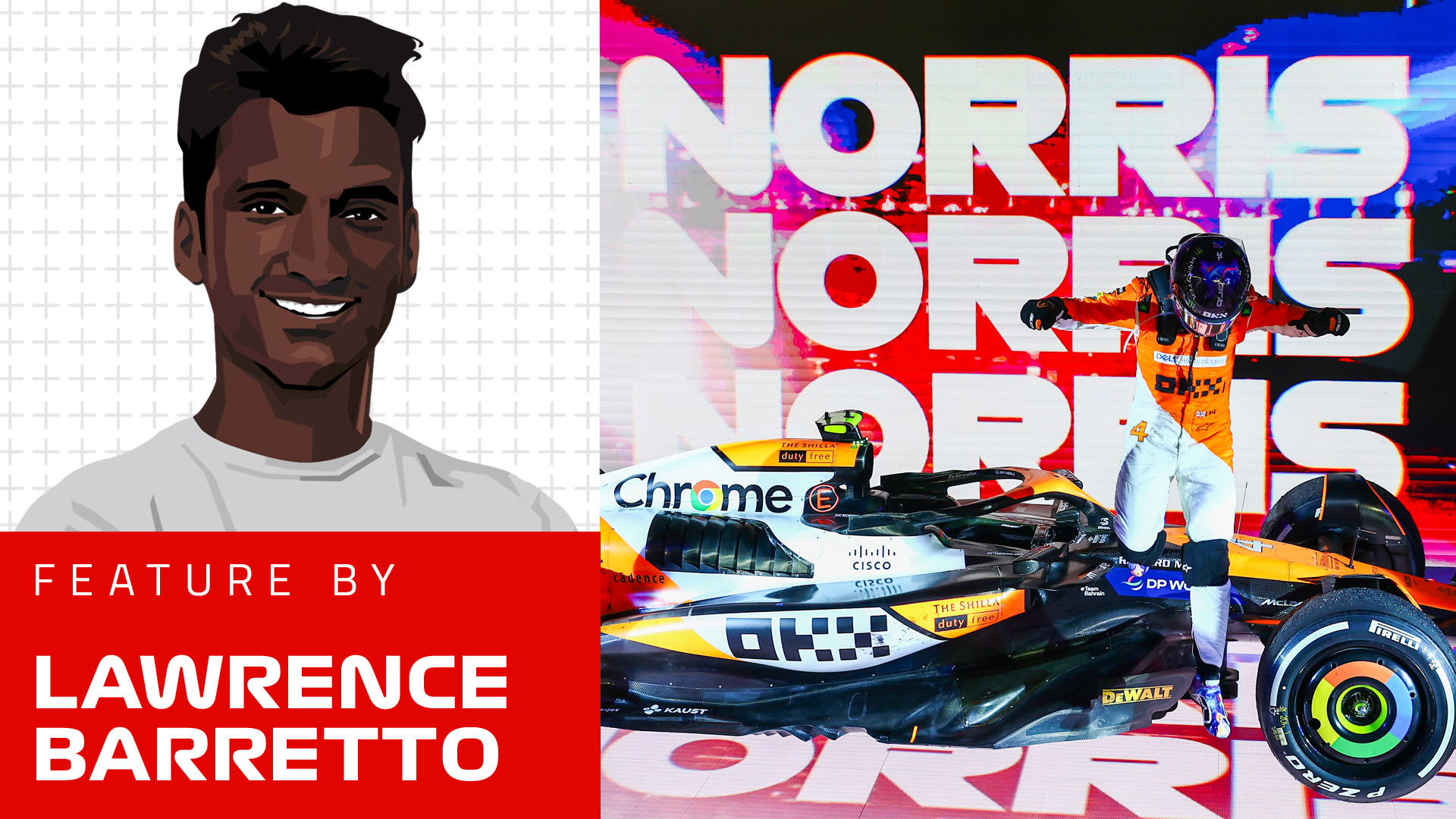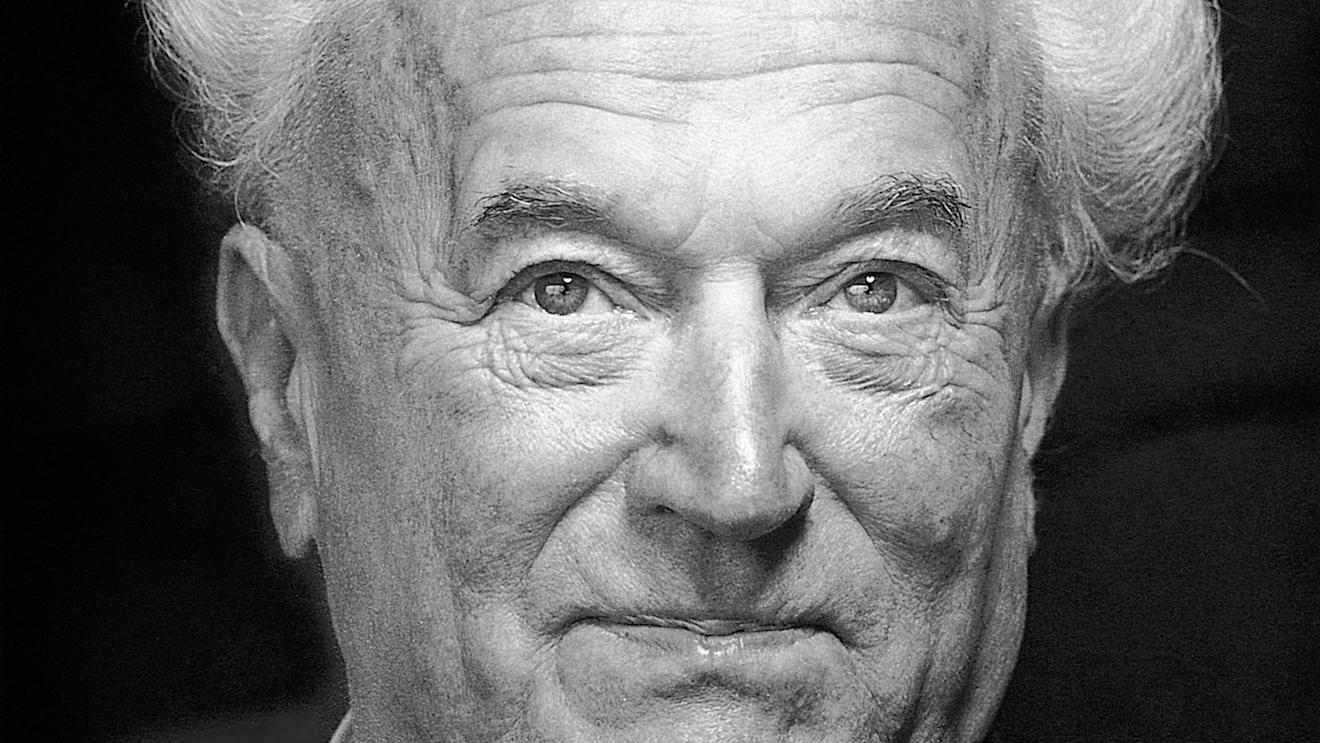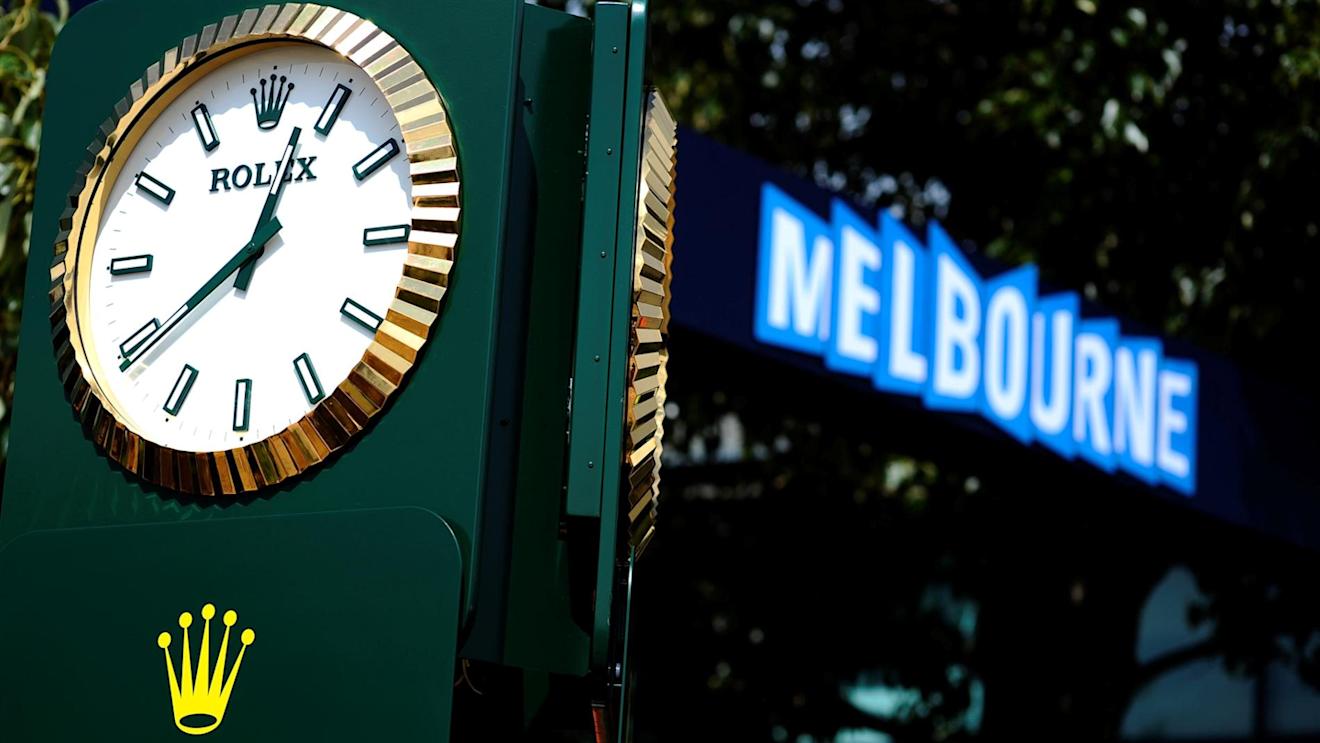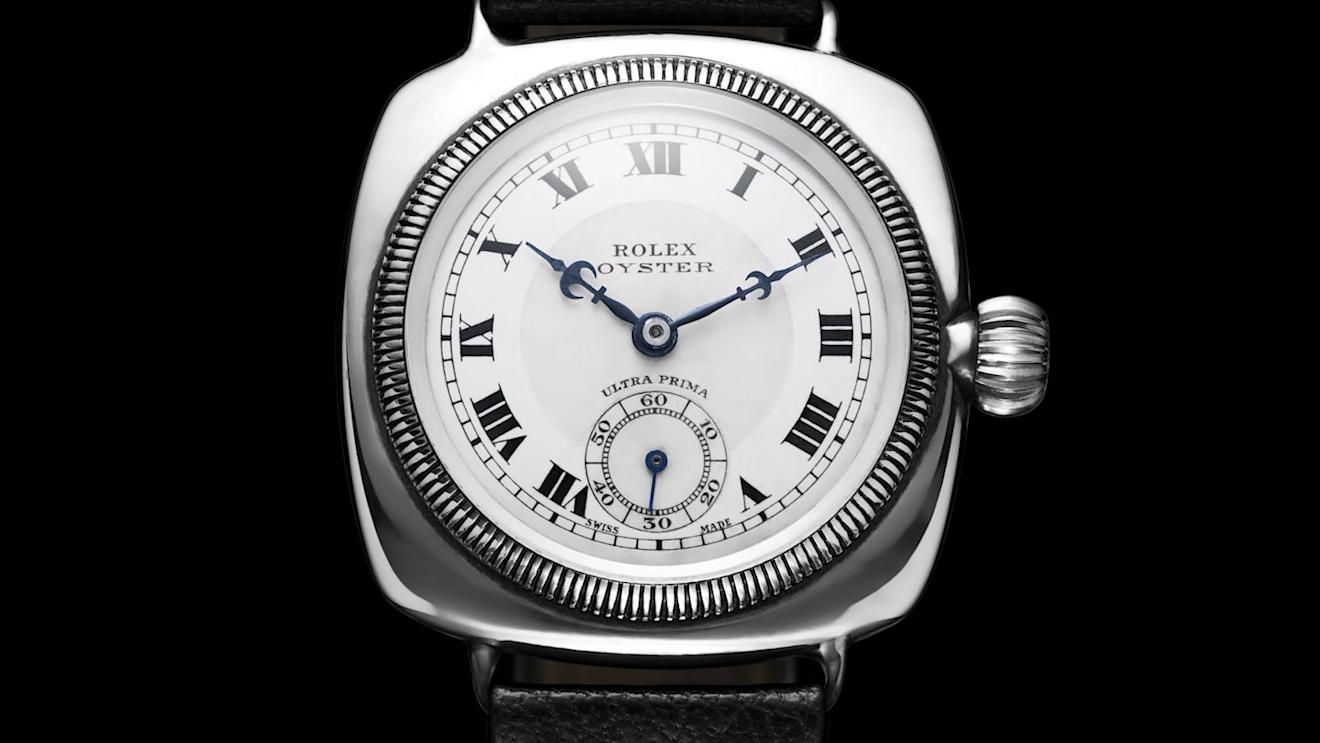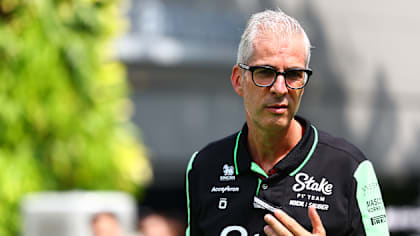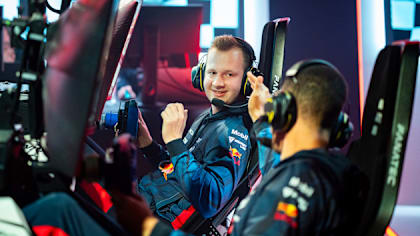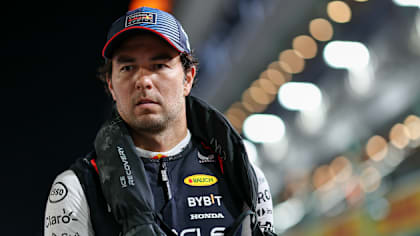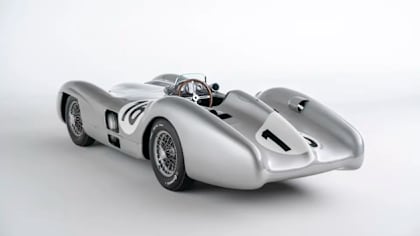1 / 4
Interview
Timed to perfection - Q&A with Rolex's Arnaud Boetsch
The Rolex pit lane clock, first unveiled at the 2013 Formula 1 Rolex Australian Grand Prix, is now a familiar sight to motorsport fans around the world, but what first brought the famous Swiss watchmaker and F1 racing together?
We spoke to Arnaud Boetsch, Communication & Image Director of Rolex SA, about the company’s sporting history and its path to F1 partnership as Official Timekeeper and Official Timepiece…
Q: Arnaud, it is fair to say that Rolex is globally recognised as the epitome of luxury watchmaking. Aside from its history of innovation over the last 100 years or so, Rolex has also been a marketing visionary in terms of pioneering adventures and leading sports. Can you tell us something about the strategy that lies behind this?
Arnaud Boetsch: Rolex has supported individual excellence and the quest for perfection since its foundation early in the 20th century. Sponsorship is not only a distinctive part of Rolex’s tradition, it has also helped the brand develop relationships with explorers and sporting men and women who in turn have helped mould the Rolex timepieces you see today.
When our founder Hans Wilsdorf set up Rolex, wristwatches were still regarded as fragile items of apparel, but he was determined to create a wristwatch that would be robust, precise and reliable, adapted to ever more active lifestyles. The foundation for testimonial advertising and support for sports was laid in the 1920s when Hans Wilsdorf developed the world’s first waterproof wristwatch, the Rolex Oyster.
In 1927, a year after the Oyster was launched, he equipped a young sportswoman, Mercedes Gleitze, with this innovative wristwatch when she swam the English Channel. After her arduous swim and more than 10 hours in the water the Oyster emerged still in perfect working order. Mercedes Gleitze became the first Englishwoman to swim the Channel and effectively the first Rolex testimonee, a witness to the uncompromised performance of the Oyster in a real-life scenario.
Since then Rolex has supported explorers while their courageous undertakings have inspired the development of a series of iconic Oyster Perpetual timepieces, tailored for the precise needs of men and women taking on daunting physical and mental challenges in exploration and sport.
Q: Why sports? Is it the special mixture of adrenalin and determination?
AB: Rolex remains firmly committed to supporting individuals and organizations at the pinnacle of exploration, sports and culture. For more than half a century, Rolex has sponsored some of the most prestigious sporting events and organisations in golf, tennis, yachting, equestrianism, motorsports and skiing, as well as many gifted champions of each new generation. It is important for the brand to be associated with sporting properties of high symbolic value and global appeal, sharing values of precision, performance and passion with each of them.
Q: Time is the essence of racing, so watches and Formula One racing are a perfect match. Was that the impetus for Rolex to finally link up with F1 as an official partner?
AB: Rolex’s alliance and great appreciation for motorsports dates back to the 1930s when Sir Malcolm Campbell broke the 300 miles per hour barrier at the wheel of his World Land Speed Record car, Bluebird, with a Rolex on his wrist. Ever since then, Rolex’s presence in motorsport racing has grown steadily; becoming the title sponsor of the Rolex 24 at Daytona in 1992 and in 2001 the official timekeeper for the 24 Hours of Le Mans, the world’s oldest sports car race in endurance racing. Rolex also sponsors events that celebrate the beauty of historic race cars, such as Pebble Beach Concours d’Elegance, Goodwood Revival and the Rolex Monterey Motorsports Reunion in Monterey, California. With a long-standing presence at the frontiers of speed the brand also supports the Bloodhound SSC World Land Speed Record project as the Official Timing Partner. Furthermore, Rolex has forged an esteemed relationship with two of the most celebrated racing drivers of the last 50 years, three-time Formula One world champion, Sir Jackie Stewart, and record nine-time Le Mans 24 Hours winner, Tom Kristensen.
With this time-honoured passion for speed, excellence and performance Rolex naturally gravitated towards Formula One, the pinnacle of motorsport. The global appeal, brand fit and nature of the partnership is of clear strategic interest to Rolex and the brand is proud to be celebrating its second season as a long term Global Partner and the Official Timepiece of Formula 1.
Furthermore, Formula One’s ongoing commitment to pushing the boundaries of innovative technology is perfectly aligned with Rolex’s pursuit of excellence, as it continually tests and goes beyond its perceived limitations to create watches of superlative quality - precise, reliable and resistant.
Q: Rolex is said to have invented the ‘brand ambassador’ and, as you say, you have always had close relations with motor racing, but it’s always been through individuals. Why have you moved away from that individual focus to become a partner of the sport?
AB: Rolex has a long history in supporting individuals in their pursuit of excellence and has accompanied many of humanity’s greatest feats as men and women have broken longstanding records, defied the elements and explored the globe’s most forbidding frontiers. To this day the brand remains firmly committed to supporting individuals, events and organisations at the pinnacle of exploration, sports and the arts.
Q: You unveiled the now familiar pit lane clock in Melbourne in 2013, but how much time had been spent evaluating your F1 move?
AB: The opportunity became available and Rolex was in a position to move ahead and secure the partnership. Formula One has always been something Rolex had considered, but the partnership came as a result of the timing being right for both parties. At the 2013 Formula 1 Rolex Australian Grand Prix, Rolex was proud to unveil the specially designed and iconic Official Rolex Timepiece that is present in the pit lane of all the Formula One Grands Prix, forming the centrepiece of Rolex’s presence around each event. In 2014 Rolex’s partnership further evolved with an on-screen presence for the first time. The Rolex crown now appears on the global Formula One TV coverage of all 19 Grands Prix, further strengthening Rolex’s partnership with one of the world’s most watched sports.
YOU MIGHT ALSO LIKE
News Alessandro Alunni Bravi to leave Team Representative role at Kick Sauber
Feature Everything you need to know about the 2025 F1 Sim Racing World Championship
News ‘I didn’t expect it’ – Perez opens up on Red Bull exit and discusses chances of an F1 return
News Iconic Mercedes F1 car driven by Fangio and Moss goes up for auction
